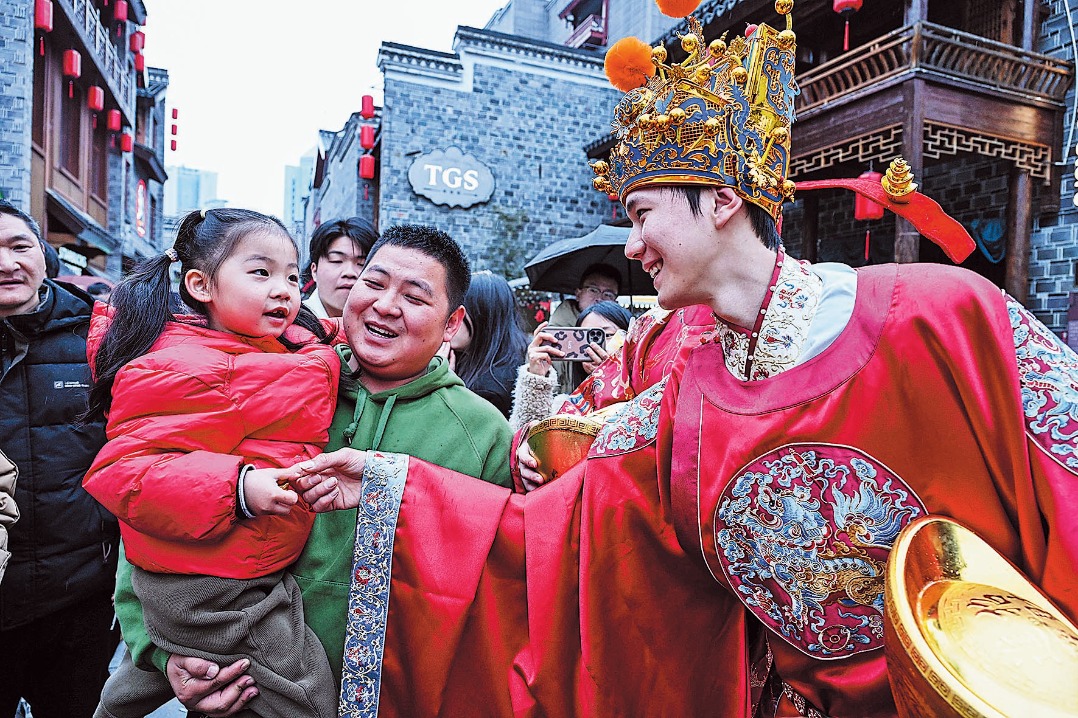Wanshou Palace rises from ruins to reclaim cultural, commercial status
Renovation and reconstruction project sheds light on fascinating history of Jiangxi guilds


As the merchants' trade and financial influence extended across the country and overseas, they established new Wanshou palaces wherever they went.
These palaces served as venues for kinship gatherings, business discussions, and mutual support. The palaces were often referred to as Jiangxi guildhalls.
According to the book Wanshou Palace and Jiangyou Merchants, the palaces were hubs for merchants to exchange commercial information, negotiate deals, and collaborate on business ventures.
The Wanshou palace in Jingdezhen, Jiangxi, for instance, was a conduit to send the city's famed porcelain to the outside world, significantly contributing to the strong demand for the product.
Today, there are about 1,900 Wanshou palaces in existence, with roughly 700 located in Jiangxi and approximately 1,200 found outside the province, according to a 2023 article in Chinese National Geography magazine.
During the Ming Dynasty, Jiangxi guildhalls made up 34 percent of the total number of guildhalls in Beijing. In the southern regions, Jiangxi guildhalls represented 46 percent of the total in Hunan province, 38 percent in Yunnan province, and 34 percent in Guizhou province, according to Mei.
In addition to major cities like Beijing, Shanghai, and Guangzhou, Guangdong province, there are numerous Wanshou palaces in Hong Kong and Macao, as well as overseas locations such as Singapore, Malaysia, and the United States.























